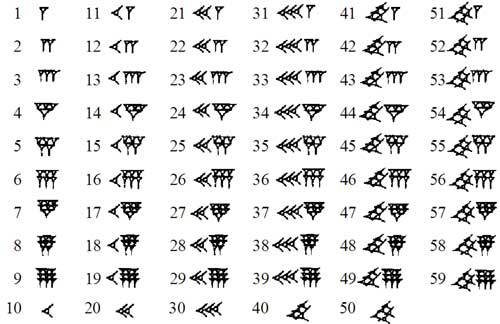An Argument For Dozenalism
Note: Writing about dozenalism always presents some semantic complications. When discussing the natural numbers up to twelve, I have opted to spell out the numbers in English, since this is a clear and base-neutral way of representing them. After trying several different systems, I have settled on writing larger numbers in decimal. Unless otherwise specified, "10" means ten, not twelve, et cetera. When I use dozenal notation, and for clarification purposes elsewhere, I have prefixed the radix as an abbreviation before the number. Thus, "dec. 360" means decimal 360, and "doz. 260" means dozenal 260. "360" by itself, unless otherwise specified, refers to the former. Larger numbers spelled out, where it is stylistically appropriate to do so, will always be given in decimal. My first inclination, of course, was to put all numbers here in dozenal, but on further reflection I see no value in confusing people needlessly. (Confusing them for a good reason though is fine.)
